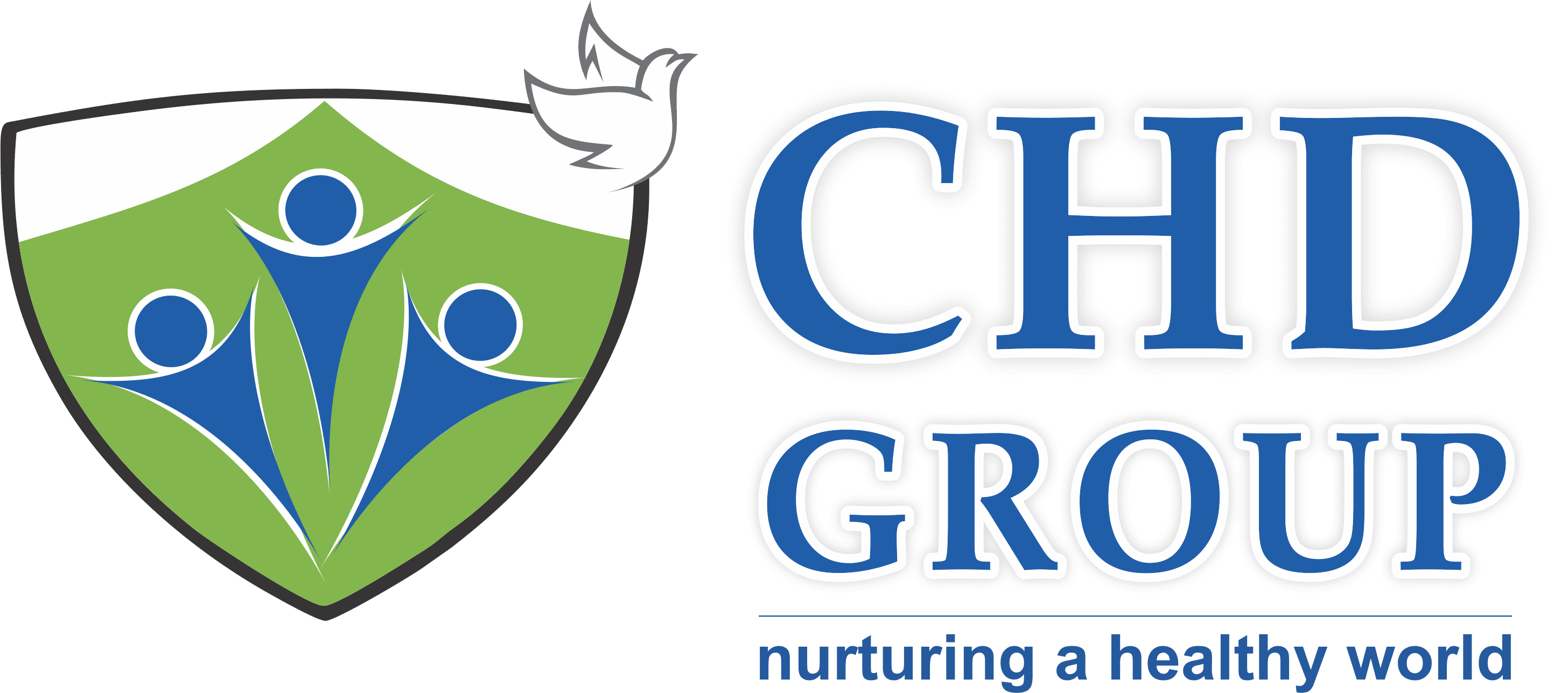In the world of public health, success of a vaccine is contingent not only on its effectiveness in immunizing the population but also on the acceptance it garners from the people. Varying levels of public distrust towards a newly developed vaccine are quite inevitable in any country. In regard to COVID-19, however, this distrust is only exacerbated by how quick these vaccines were developed. In order to ensure that COVID-19 vaccines will be accepted and welcomed by the general public, it is the duty of the government to relay transparent and accurate information to the people.
As India is starting to begin one of the largest vaccination missions in the world, the Ministry of Health and Family Welfare has detailed their approach to amassing public acceptance of COVID-19 vaccines in an 88-page article released on 30 December. The article, titled “COVID-19 Vaccine – Communication Strategy,” provides a framework as to how the government will seek to lessen public apprehensions towards the vaccine through communities, media and government policy. The key strategies detailed reinforce the government’s commitment to involving the community in the vaccination process, a detail which will likely have an immensely positive impact on getting the public to trust the vaccine. Perhaps one of the most important details regarding the strategy includes the government’s desire to eradicate false information surrounding vaccines as well as tackling myths and misconceptions. If the government can efficiently do this, they will be successful in encouraging uptake of the vaccine.
To achieve these goals, three strategies are put forth in the document. Those being:
1. Utilizing the influence and endorsements of “experts and official voices” to detail the immunization process, discuss safety of vaccines and phased manner of rollout.
2. Creating the National Media Rapid Response Cell (NMRRC) as a tool to monitor media for preparedness as well as incite public discourse on “print, electronic and digital media” that will aim to give the people a platform to get their questions answered in real-time.
3. Employing mobilizers and frontline workers to engage with communities, faith leaders, youth and civil-society organizations, self-help groups, NGOs, CSOs, Panchayats and even celebrities to help with the spread of accurate and transparent information. Those who are vaccine hesitant are more likely to accept information if it is coming from people they trust within their communities.
In using these strategies, the government hopes to be able to address four key areas that are integral to the success of the vaccine drive. These areas include providing “prompt, simple and focused communication” on the new vaccine, dispelling vaccine hesitancy by building public confidence on safety and efficacy, garnering understanding from those who are eager to receive the vaccine that a phased approach where the most vulnerable are prioritized is necessary as well as ensuring that the public is continuing to practice COVID appropriate behaviors like wearing masks, social distancing and washing hands. Information on vaccines that will be made available to the public include trial and safety information, eligibility criteria, where the vaccine will be accessible, registration for before vaccination and what care is required post-vaccination.
The government acknowledges that there is eagerness throughout the population to return to normal life and therefore an equal keenness in people to receive the vaccine. In the document, messages are provided for states and districts to provide to locals who are dissatisfied with having to wait for the rollout to reach them personally as well as messages for those who are skeptical of the vaccine itself. Although it is inevitable that difficulties will be faced throughout this process, dedication to seeing this rollout through will ultimately have a positive effect on public health in India. If the Ministry of Health and Family Welfare is successful in achieving the goals they have laid out in this document, it seems as though the country will be on track to enjoy a smooth vaccination process and subsequently a smooth return to normal life.
About the Author:

Claire McCarthy
Claire McCarthy is a research and policy intern at CHD Group. She holds a Bachelors of Science in Public Policy and Administration with a concentration in Public Health and Anthropology from the State University of New York at Cortland.
Disclaimer: Views expressed are the authors own. CHD Group takes no liability on behalf or for the contents expressed.
